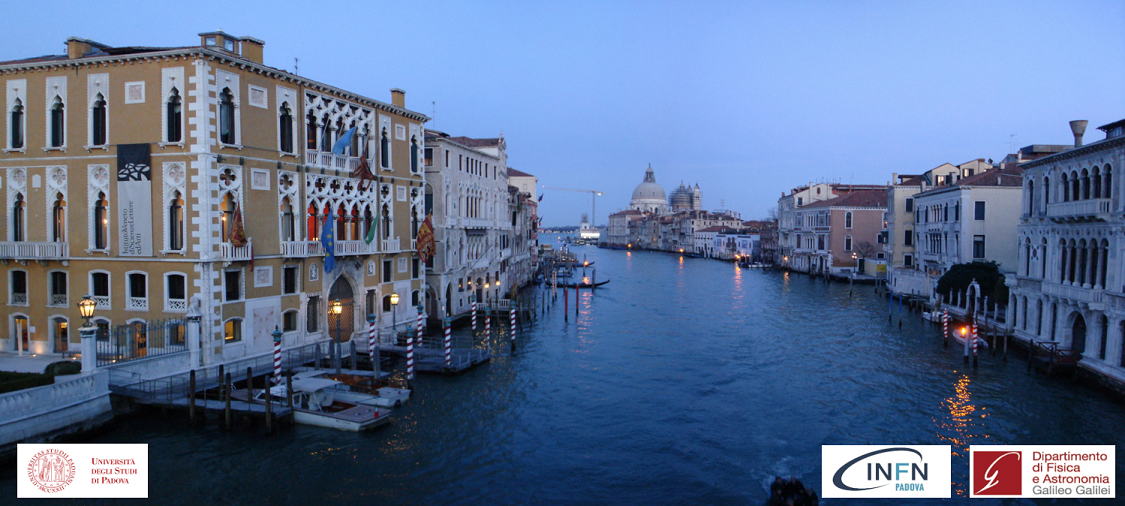Speaker
Description
In Long baseline neutrino experiment, systematics uncertainties on oscillation parameters critically depend on our knowledge of neutrino interactions. It is therefore crucial to precisely measure neutrino-nucleus cross sections at the near detector to improve our constraints on the far detector observations, as well as enhancing our modelling of neutrino-nucleus interaction. For this reason, the T2K collaboration is upgrading the near detector (ND280) with four additional state-of-the-art technology subdetectors: a time of flight detector (TOF), two high-angle TPCs (HATPC), and the super fine grained detector (Super-FGD), that will significantly improve the neutrino detection capabilities. Among those, the Super-FGD is the most ambitious project, consisting of more than 2 millions scintillator cubes read by optic fibers along three directions, allowing three-dimensional track reconstruction in a 2-tons fiducial mass detector. The remarkable advantages are low proton detection momentum threshold, neutron detection ability, 4$\pi$ angular acceptance. A crucial element for the success of this detector is the Front-End electronics to read the nearly 60 thousands optic fiber channels. The read-out electronics comprises 221 Front-End Boards (FEB) based on the CITIROC chips, handling 256 channels each and organized in 16 crates.
This work presents the design validation, characterisation, and serial hardware testing of the the FEBs, designed by the University of Geneva and LLR (Paris). First, I present an extensive study of the FEB performance, assessing the dynamic range capabilities. Furthermore, I present the first FEB commissioning using a cosmic rays scintillator detector. Finally, I illustrate the test-bench that I developed for the mass testing of the 221 FEBs that will be employed in the Super-FGD, featuring hardware problem detection and localisation. For completeness, integration test results are also presented, validating the synchronous operation of multiple FEBs.

